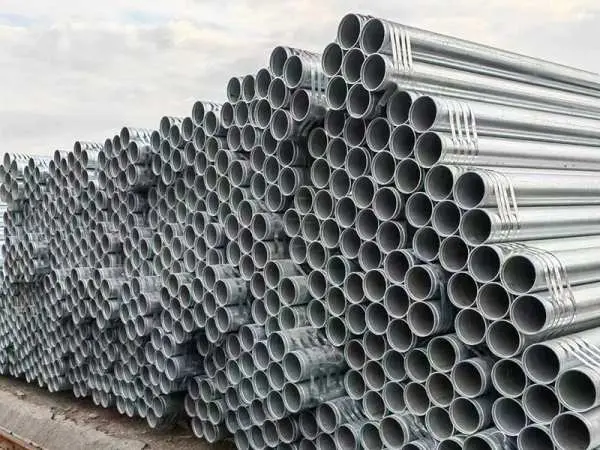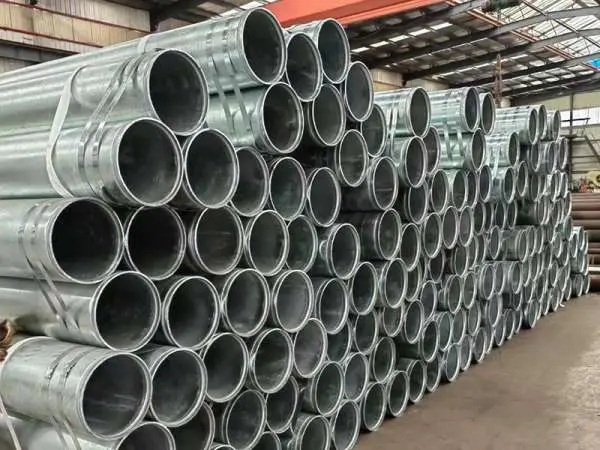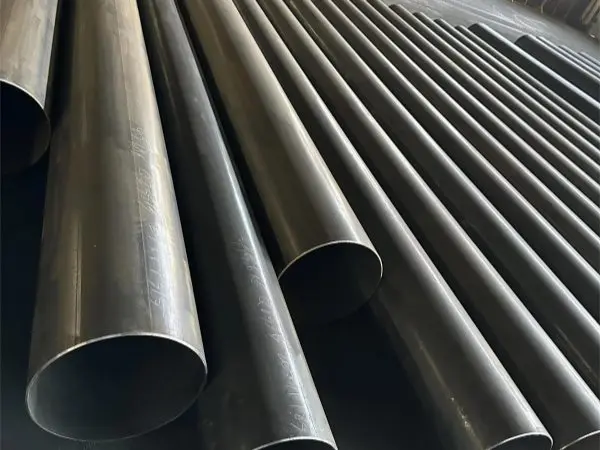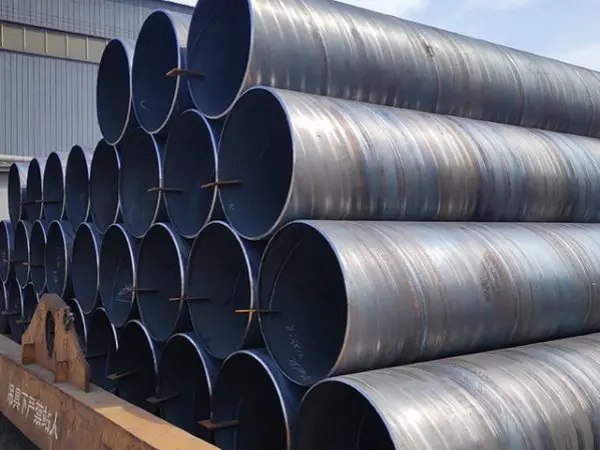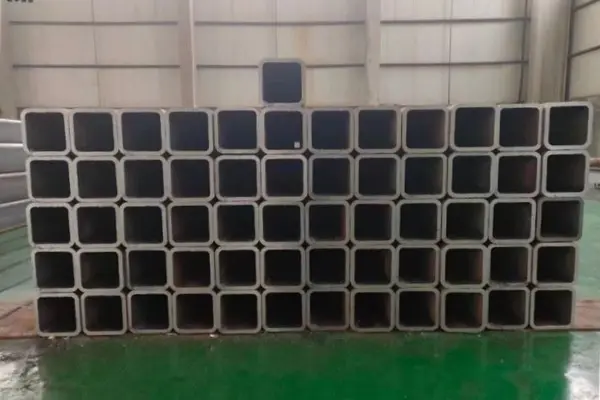- Phone0086 731 8564 8255
- E-mailsales@cscsteel-manufacturing.com
-

The surface treatment of carbon steel welded pipes plays a vital role in improving their corrosion resistance, extending service life, and enhancing adhesion for coatings or further processing. Proper surface treatment not only ensures the quality and durability of the pipes but also contributes to the overall performance of the pipeline system in harsh environments. Below is an overview of the commonly used surface treatment technologies for carbon steel welded pipes.
Continental Steel Co., Ltd is professional straight seam steel pipes manufacturer, for more details, please contact:sales@cscsteel-manufacturing.com
1. Pickling and Passivation
Purpose:
To remove surface oxides, rust, welding slag, and other impurities formed during manufacturing.
Process:
Carbon steel pipes are immersed in acidic solutions (typically hydrochloric or sulfuric acid) to chemically remove oxides. After pickling, passivation agents may be applied to form a protective film that slows down future corrosion.
Advantages:
Efficient rust and scale removal
Prepares the surface for coating or painting
Improves pipe cleanliness and anti-corrosion ability
2. Shot Blasting / Sand Blasting
Purpose:
To clean the pipe surface mechanically and create a rough texture that improves the adhesion of coatings.
Process:
High-speed abrasive particles (such as steel shot, grit, or sand) are projected onto the surface to remove rust, mill scale, and contaminants.
Grades (per ISO 8501-1):
Sa 2: Commercial blast cleaning
Sa 2.5: Near-white metal blast cleaning (commonly used standard)
Sa 3: White metal blast cleaning (highest level)
Advantages:
Strong surface activation for better coating adherence
Environmentally cleaner than chemical methods
Suitable for automated treatment in mass production
3. Phosphating Treatment
Purpose:
To form a corrosion-resistant phosphate film that acts as a base for further coatings or lubricants.
Process:
The pipe surface reacts with phosphoric acid or other phosphate compounds to form a crystalline layer, improving corrosion resistance and paint adhesion.
Applications:
Often used as a pretreatment step before painting or powder coating in industrial and automotive piping systems.
4. Galvanizing (Hot-Dip or Electroplating)
Purpose:
To provide long-term corrosion protection by coating the steel surface with a layer of zinc.
Types:
Hot-dip galvanizing: Pipes are immersed in molten zinc, forming a thick, durable zinc layer.
Electro-galvanizing: Uses electrochemical methods to apply a thinner, more uniform zinc layer.
Advantages:
Excellent corrosion resistance in outdoor or marine environments
Self-healing property of zinc coating in case of minor damage
Long service life with minimal maintenance
5. Painting and Coating
Purpose:
To protect the pipe from corrosion and provide aesthetic or functional finishes (e.g., color coding, UV resistance).
Common Coatings:
Epoxy resin
Polyurethane
Bitumen or asphalt coatings
Fusion bonded epoxy (FBE) for pipeline use
Coating Method:
Brush, spray, or dipping methods can be used depending on the application and coating type.
6. Anti-corrosion Wrapping or Lining
Purpose:
For additional protection in highly corrosive environments (e.g., underground or underwater pipelines).
Types:
Polyethylene (PE) or polypropylene (PP) wrapping
Cement mortar lining (for water transport)
Rubber or plastic lining (for chemical resistance)
Conclusion
The surface treatment technology of carbon steel welded pipes is a critical step to ensure performance, longevity, and reliability, especially in demanding environments. The choice of treatment method depends on factors such as pipe application, service conditions, and cost considerations. In practice, a combination of treatments—such as sandblasting followed by painting or galvanizing—is often used to achieve optimal results.
